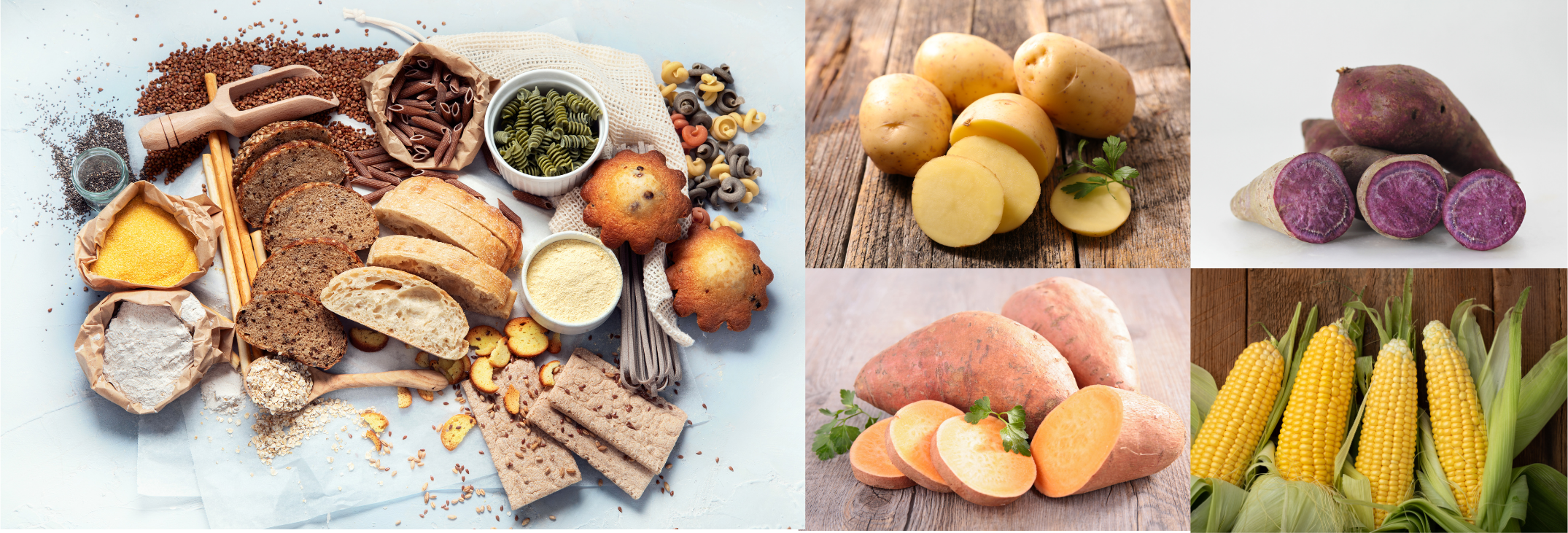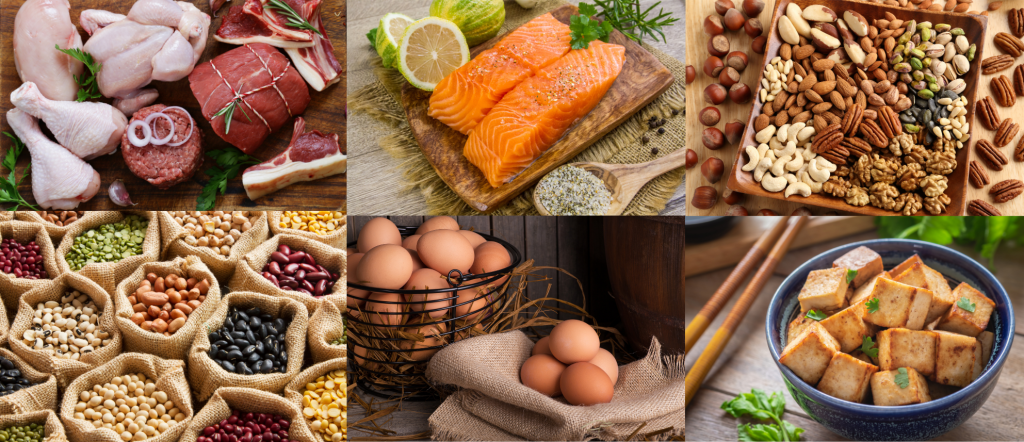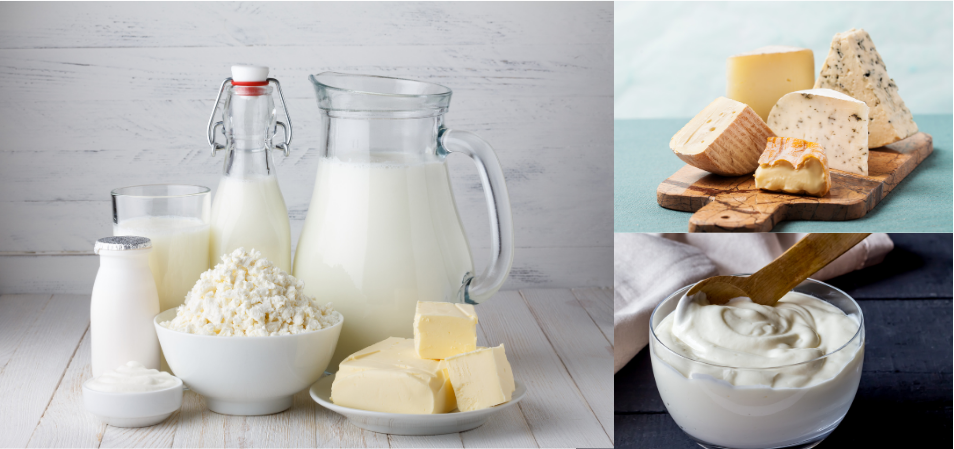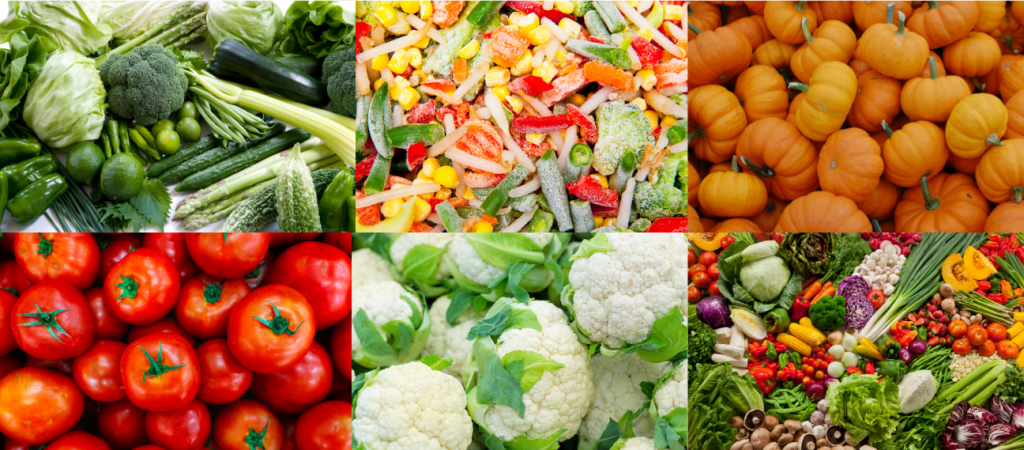Living with a disability and eating well
Did you know..… Persons living with a disability are more likely to have nutrition related ill health than the general population? This includes challenges related to body weight (both under […]
> Read nowIt’s 5pm and you’re thinking ‘what’s for dinner?’ So how do you turn the foods sitting in your fridge and pantry into a healthy meal?
Below are the simple steps giving you the tools to plate up a balanced, nutritious meal.
Step 1- Choose your carb
Grains and starchy veg

Carbohydrates are the body’s main type of fuel. They provide us with most of our energy, dietary fibre and a wide range of B vitamins.
Choose from:
Include low GI carbohydrates to help keep you fuller for longer
Choose more wholegrain products such as wholegrain bread, high fibre cereal, brown rice and wholemeal pasta.
1/4 of your meals should come from carbohydrates.
Step 2 – Pick your protein

Meat and alternatives
These are a good source of protein, iron, niacin and vitamin B12.
Choose from:
Choose lean cuts of beef, pork, veal and lamb trimmed of all visible fat.
Avoid processed meat and deli meat (e.g. salami and pepperoni) as they are very high in fat and salt.
Legumes are the cheapest source of protein – add them to your meat recipes to lower the cost and boost the veggies and fibre in your meal.
Dairy and alternatives

These foods include milk, yoghurt and cheese, and are an excellent source of calcium, and a good source of other important nutrients such as protein, riboflavin and vitamin B12.
1/4 of your meal should come from protein.
Step 3 – Load with veg

Vegetables are a good source of vitamins, minerals, phytochemicals and dietary fibre. Aside from the starchy vegetables, they are all significantly low in kilojoules.
1/2 of your meal should come from vegetables
Type on the line above then press the Enter/Return key to submit a new search query